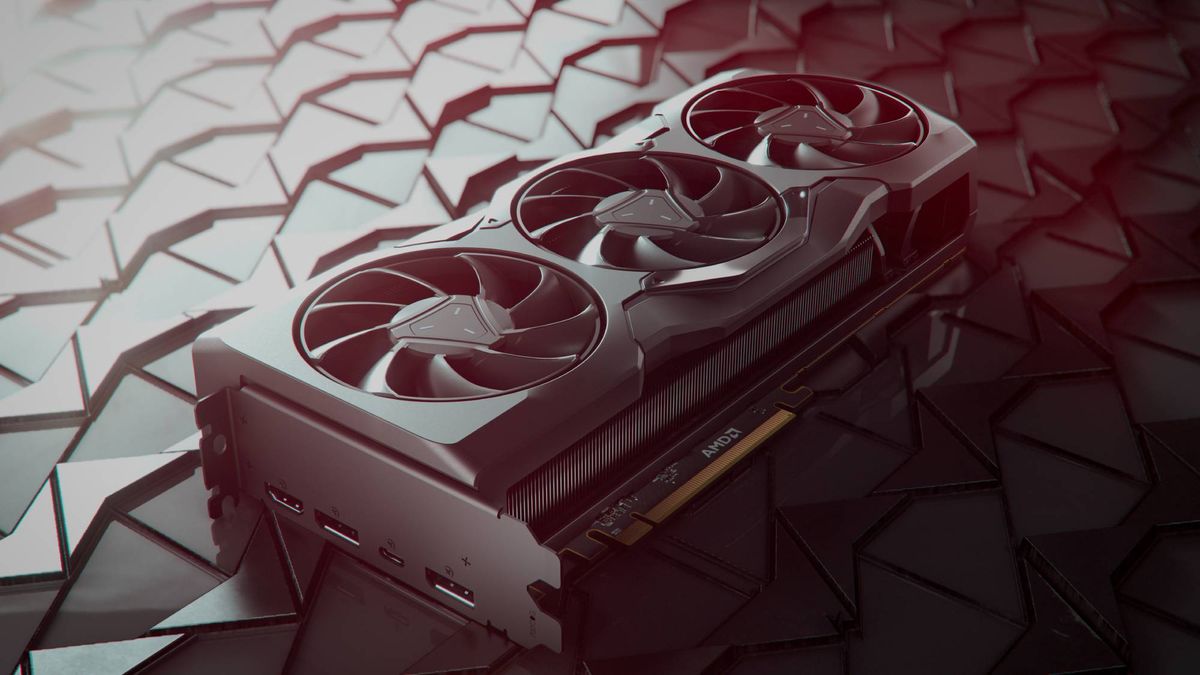
AMD’s incoming Navi 32 and 33 graphics cards have had some specs spilled, but as ever with the rumor mill, take these assertions with a whole heap of salt.
Navi 31 is the flagship GPU that the RX 7900 XT and 7900 XTX will be built around – the first RDNA 3 graphics cards that’ll hit the shelves next month – and Navi 32 and 33 will be the two GPUs below that, though we don’t know what models they’ll power yet (or when they might be unleashed).
What we do know now, according to leaker @Kepler_L2 on Twitter as Tom’s Hardware (opens in new tab) reports, is the supposed core counts of these GPUs as uncovered via AMD’s ROCm software (on Github).
Based on these findings, Navi 32 is going to have 60 compute units (CUs) meaning 3,840 stream processors (cores), whereas Navi 33 will sport 32 CUs or 2,048 stream processors (that’s the maximum configuration – there’ll also be variants with cut-down amounts of cores, as ever).
It’s helpful to put that into perspective, of course, and we can do that by comparing to the full-fat RDNA 3 flagship GPU, with Navi 31 offering 96 CUs or 6,144 stream processors.
Analysis: Let’s be cautious here
At this point, it’s tempting just to compare those core counts and start roughly working out how relatively powerful AMD’s second and third-tier GPUs will be compared to the range-topping Navi 31. And a quick bit of maths indicates Navi 32 will have just under two-thirds of the number of cores as the flagship GPU, but there’s a lot more to relative performance than that pure core count.
It all depends on the other specs AMD runs with for Navi 32 (and 33), such as what clocks speeds (base and boost), and also considerations such as memory speed and bandwidth. All of these factors tie together in a complex equation when it comes to the kind of relative frame rates you can expect from the various RDNA 3 models.
All of which is to say we certainly can’t jump to any conclusions yet on how this might reflect on the performance levels of Navi 32 and 33, and besides, we don’t even know how powerful Navi 31 is yet anyway. (All we’ve got to go on is AMD’s cherry-picked launch benchmarks which will, naturally, show it in the best light – all hardware makers do this, of course).
Broadly speaking, there’s a tinge of disappointment in terms of the reaction online to this leak, but we really need to wait and see how these GPUs might shape up – or at least until we get more spillage and rumors backing up not just the purported core counts, but also providing further details on other specs. Naturally, where pricing is pitched will also be a key factor, as ever.
Today’s best Graphics Card deals
Show More Deals
